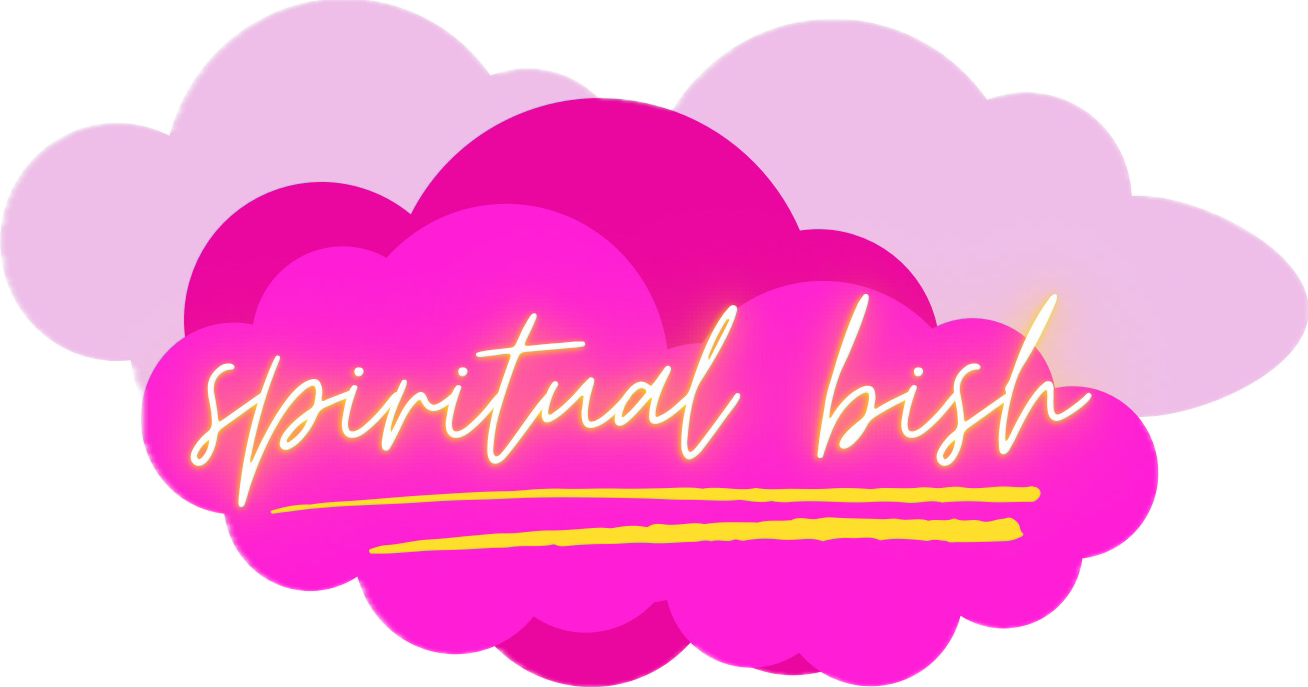I don’t get angry I grow a tumor instead
That was a quote from Gabor Mate’s book “When the body says NO”, which highlighted his findings as a physician working in palliative care, addressing all The similarities in groups of people with certain dus-eases like cancer or auto-immune. And as I read this book, I recognized myself and intuitively felt it in my gut as being true for me, as someone who was diagnosed with cancer 7 years ago. Gabor goes on to explain that new science has been showing us that the repression of anger is a major risk factor for disease because it increases physiological stress on the WHOLE organism. In other words, holding this energy of anger inside stresses out our whole body. In our dominat culture it’s commonly thought that getting angry is what causes us stress,you know “good vibes only” and all that.. and sure it does in the moment, but it’s the interrupted stress response and unexperienced anger that is the PROBLEM. Anger isn’t our enemy, it’s our friend. Anger, is what is meant to warn us when we are unsafe, it’s a cue to set boundaries and claim our space. Anger is a wise messenger that lets us know when we’re let down because our needs aren’t being met, and when to ROAR and stick up for ourselves. Anger signals about our passions and desires. Anger keeps us SAFE, from real or perceived threat. Sometimes the threat lives on in our body from early childhood wounds, and so anger can be a fierce protector of these more vulnerable younger parts of us. Anger is a life force, our smpathetic nervous system, our SURVIVAL. Many of us have grown up thinking that anger is something BAD, impolite, a burden, shameful, sinful, violent, dangerous, or that it’s just “too much”. This can sometimes stem from early life attachmet wounds, trauma, OR it can be caused by all the conditioning, socialization, and gender training by our dominat culture aka “how to be a good cultured human”. But the truth is anger is an essential human mammal emotion, like could you imagine a bear not having it? Do you think a mama bear will stop to ask her friend if she should get angry at the wolf that’s trying to scare her cubs? No she instictively will react and protect, unfortuently most of us humans have disconnected from these impulses, our instincts, our biology, our wise animal body and are living up in our HEADS. Often times anger is also something that as women and other marginalized communities we have learned to bury deep within,to mask, to hold in, while painting a fake smile on our face and appeasing in order to stay safe. What a genius survival skill, AND at the same time this unexpressed anger (survival stress) is making us SICK. But how can we feel safe enough to feel + express it in a world that is NOT SAFE for us to be authentic? So it’s no wonder that women are twice as likely to have PTSD than men. That African American women are three times more likely to develop lupus than white women. That Native Americans have the highest rates of substance use disorders compared to other ethnic groups. This is more than genes and homrones, it’s the impact of living in this toxic culture we have created as a species. Anger is a life-force. It’s something all life holds within itself. It’s what makes a seed grow into a flower and a puppy into a dog. It gives us energy to grow and move forward in life. This life force of anger isn’t just something “bad” or evil like violence and rage as many of us may have been taught early on, it’s on a continuum. Rage and violence is actually what often happens if we’ve been hurt and internalized it, if we weren’t safe enough to express ourselves, to experience the emotion and be mirrored back, to make a boundary, have autonomy or choice. That’s when we start to turn it in on ourselves like I did for most of my life, and eventually externalizing, exploding, and projecting it outwards. The first step of reclaiming our birthright of this healthy aggression and life force is to start to arrive back in our body and learn to speak it’s language – slowly and intentionally. You might notice, what happens when you get angry? Do you tend to override it by taking deep breaths, by plastering a smile on your face, by going up into your head and thinking about it, or saying you are “fine” if someone asks you what’s wrong? What would it be like to instead take a SACRED PAUSE (if it’s safe to do so) to notice and feel this healthy aggression, this life force activating inside you as it is? Is there tingling, tensing, a faster breath maybe? How do you know its anger? And would you need in this moment to feel safe enough to connect to and express it? What wants to happen next? Is there a movement or a sound that wants to come out? What would it be like to follow that impulse? 🙂











